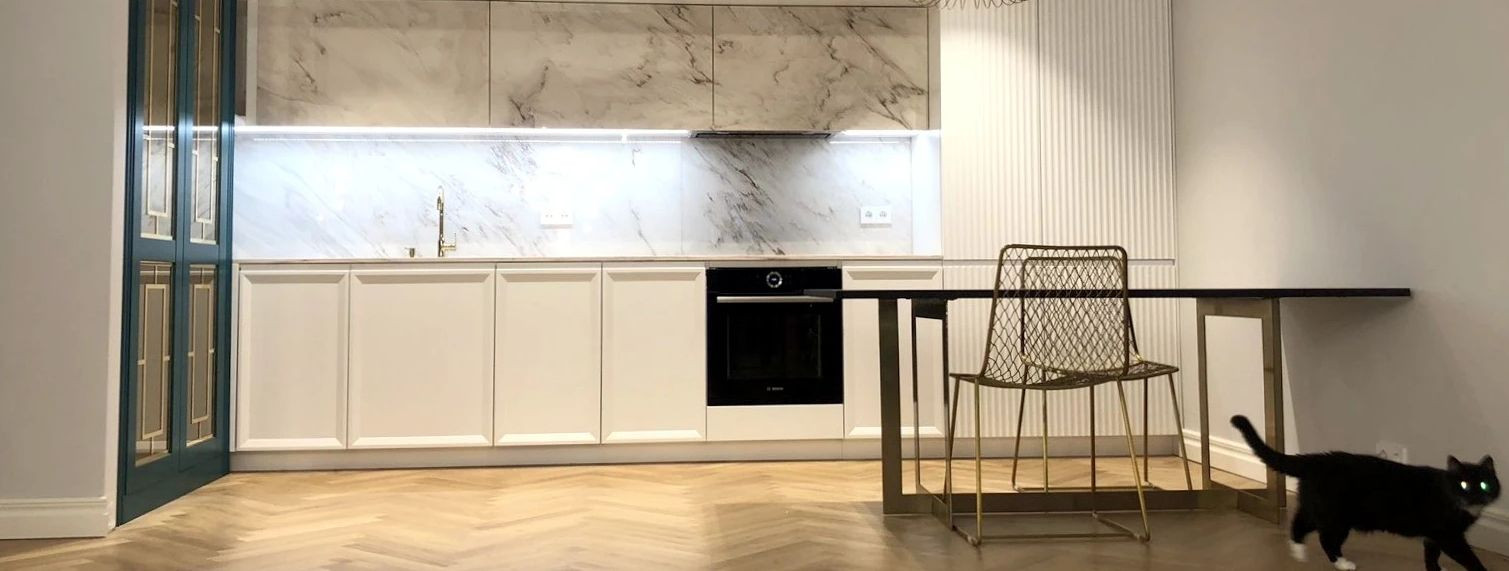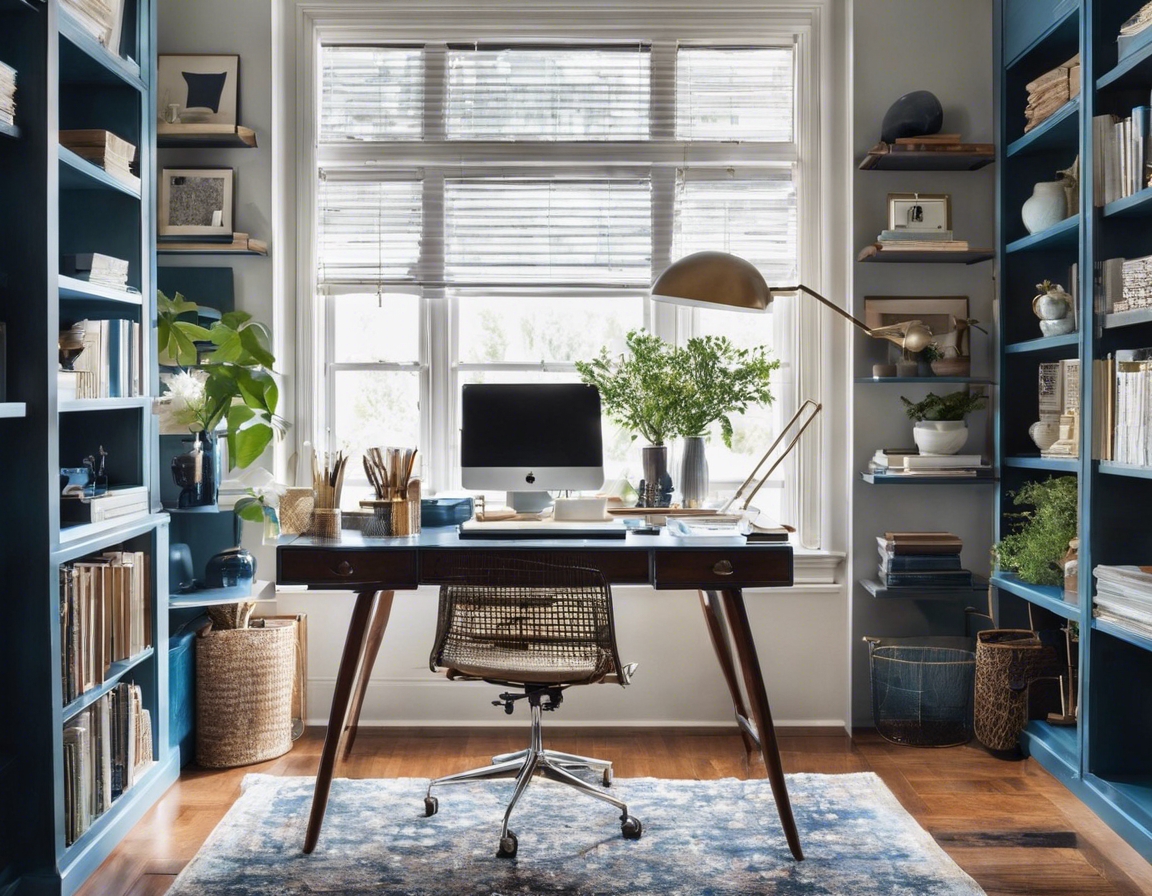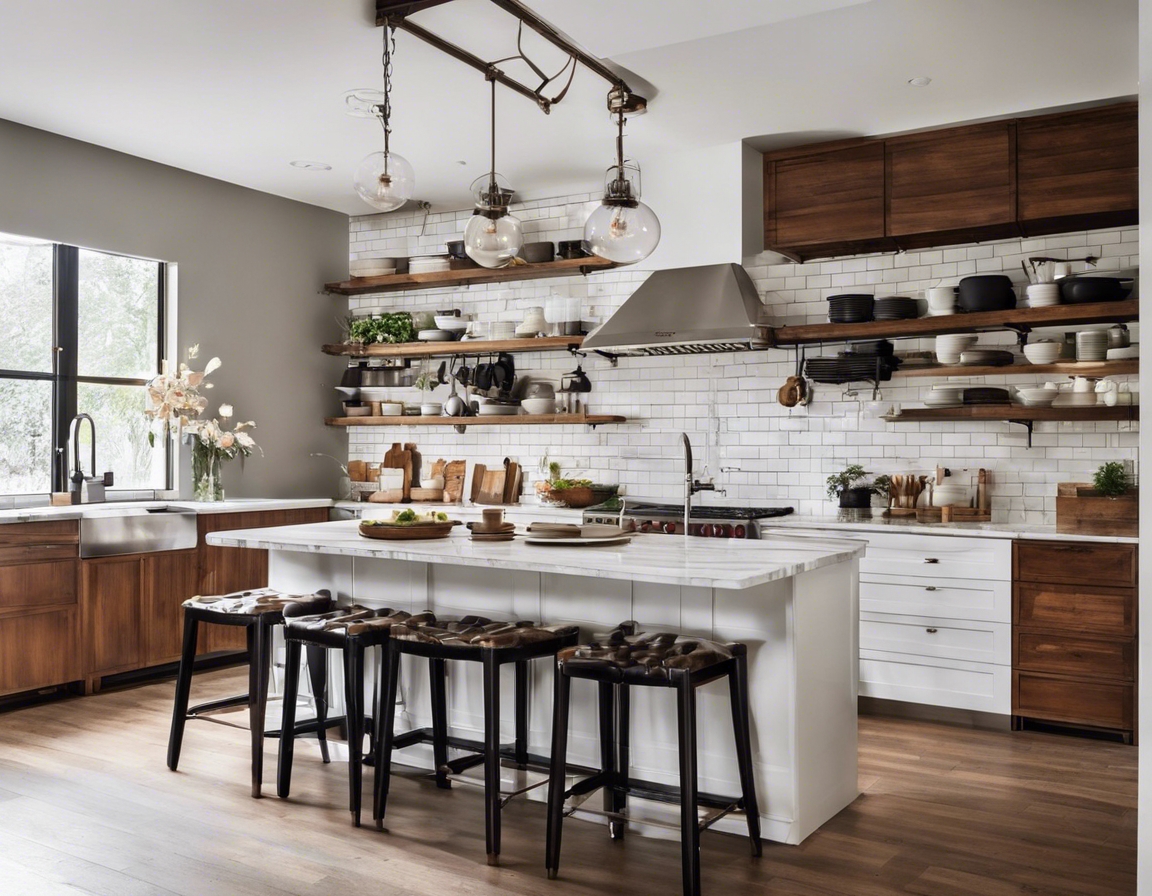5 trends shaping the future of interior design
The world of interior design is constantly evolving, with new trends emerging as reflections of cultural shifts, technological advancements, and a growing awareness of environmental issues. In this blog post, we'll explore five key trends that are set to shape the future of interior design, offering insights for homeowners, retail shop owners, office managers, and other professionals looking to stay ahead of the curve.
Trend 1: Sustainable and Eco-Friendly Design
As environmental concerns become more pressing, the interior design industry is responding with sustainable practices. This includes the use of recycled materials, non-toxic paints, and energy-efficient lighting. Designers are also focusing on longevity and choosing quality over quantity to reduce waste.
Biophilic design is about creating a closer connection to nature within our living spaces. This trend includes the integration of natural elements like plants, water features, and natural light, as well as materials that mimic the outdoors, such as wood and stone.
Trend 2: Technological Integration in Living Spaces
Technology is becoming increasingly integrated into our homes, with smart devices that offer convenience and efficiency. From automated lighting and heating systems to voice-controlled appliances, the future of interior design is one where technology seamlessly blends into our living environments.
Virtual reality (VR) is revolutionizing the way designers and clients interact with space before it's built. VR allows for immersive previews of design concepts, enabling better decision-making and personalized customizations.
Trend 3: Multifunctional Spaces and Furniture
As urban living spaces become smaller, the need for multifunctional designs is growing. This trend focuses on creating spaces that can serve multiple purposes, such as home offices that double as guest rooms or dining areas that transform into workspaces.
Furniture is also adapting, with pieces designed to be easily reconfigured for different uses. This includes modular sofas, extendable tables, and foldable chairs, all of which help maximize space efficiency.
Trend 4: Personalization and Storytelling
Personalization is at the heart of future interior design trends. Clients are looking for spaces that reflect their individual style and needs. This can be achieved through custom-made furniture, unique color schemes, and personalized decor.
Storytelling through design allows for a deeper emotional connection to our spaces. This involves incorporating elements that have personal significance, such as family heirlooms, art collections, or travel souvenirs, into the design narrative.
Trend 5: Bold Colors and Patterns
Bold colors are making a comeback, with designers using color psychology to create spaces that evoke specific moods and emotions. From calming blues to energizing yellows, color choices are becoming more intentional and impactful.
Patterns are also playing a significant role in contemporary design. Geometric shapes and textural patterns add visual interest and depth to spaces, making them more dynamic and engaging.






Kommentaarid (0)